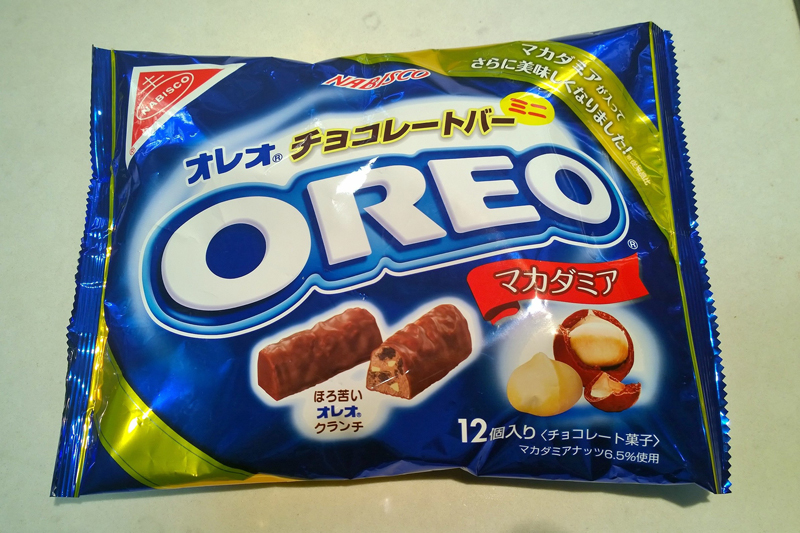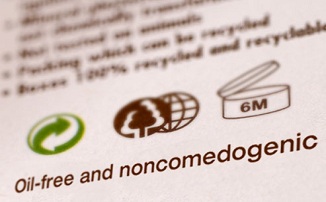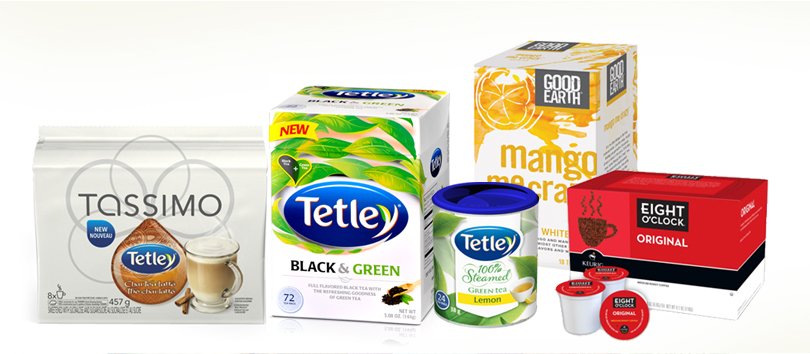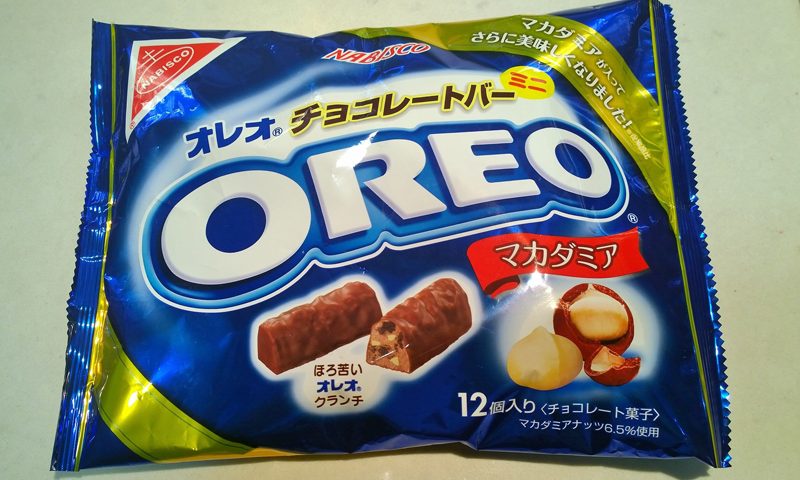Packaging: think global, act local
 Packaging design represents what a brand stands for, and regardless of how good other attributes might be, it cannot be sold without the proper designed packaging.
Packaging design represents what a brand stands for, and regardless of how good other attributes might be, it cannot be sold without the proper designed packaging.
Proper packaging 1.protects product, 2.explains its attributes and benefits and 3. it is appealing to consumers. Consumers generally decide what to buy at the point of sale therefore, package should differentiate and characterize the product.
Different cultures need different developed packaging. There are some issues that product brand managers should take into consideration otherwise they will fall in a…cultural trap! These components of packaging are: color, label and typeface, images, patterns and shapes, and material.
Color
Color plays an important role in a purchase decision therefore, the right use of colors can affect feelings, attitudes and moods towards a certain product while differentiates it from competitors’.
Perception about colors in different cultures, varies. Green is not so popular in Japan, Belgium, or France while it is freque ntly used on packaging for Austrian and Turkish consumers. Black is a mourning color for Europeans who prefer grey, red, green and blue.
ntly used on packaging for Austrian and Turkish consumers. Black is a mourning color for Europeans who prefer grey, red, green and blue.
Concerning to Islamic cultures yellow symbolizes death so they react negatively when used in packaging. On the other hand in the Chinese culture yellow (which is worn only by the emperor) is a powerful color for product packaging. Red symbolizes good luck and happiness whereas white is the color of death.
Images, Patterns, and Shapes
Consumers look for clues that help them make a decision when buy products therefore brands should take into consideration the way that images and patterns (printed on the packaging), influence consumers’ decisions when they purchase a product in other countries.
Material
Packaging material is also an important factor to gain target-group’s preference. Material used in packaging reflects company’s understanding towards a market. For instance there are countries that dislike products using too much waste material due to environmental concerns.
Label and Typeface
Label and typeface are prominent visual elements on any package. There are different regulations about information product labels, therefore layout and size may need to change when a brand enters a certain country. Typeface used on the package plays a crucial role as well.
Package design needs to make con sumers believe that the product is the best one offered, therefore its design has to attract public’s attention and stimulate curiosity. Foreign brands in order to be successful need to reinterpret their identity through the various “filters” of cultures and countries. Therefore, Glocalization (the attempt to make a local to interpret the global brand identity and creative concept in a meaningful way for each market) in packaging is vital for any brand.
sumers believe that the product is the best one offered, therefore its design has to attract public’s attention and stimulate curiosity. Foreign brands in order to be successful need to reinterpret their identity through the various “filters” of cultures and countries. Therefore, Glocalization (the attempt to make a local to interpret the global brand identity and creative concept in a meaningful way for each market) in packaging is vital for any brand.
Polyxeni Karavasilis

